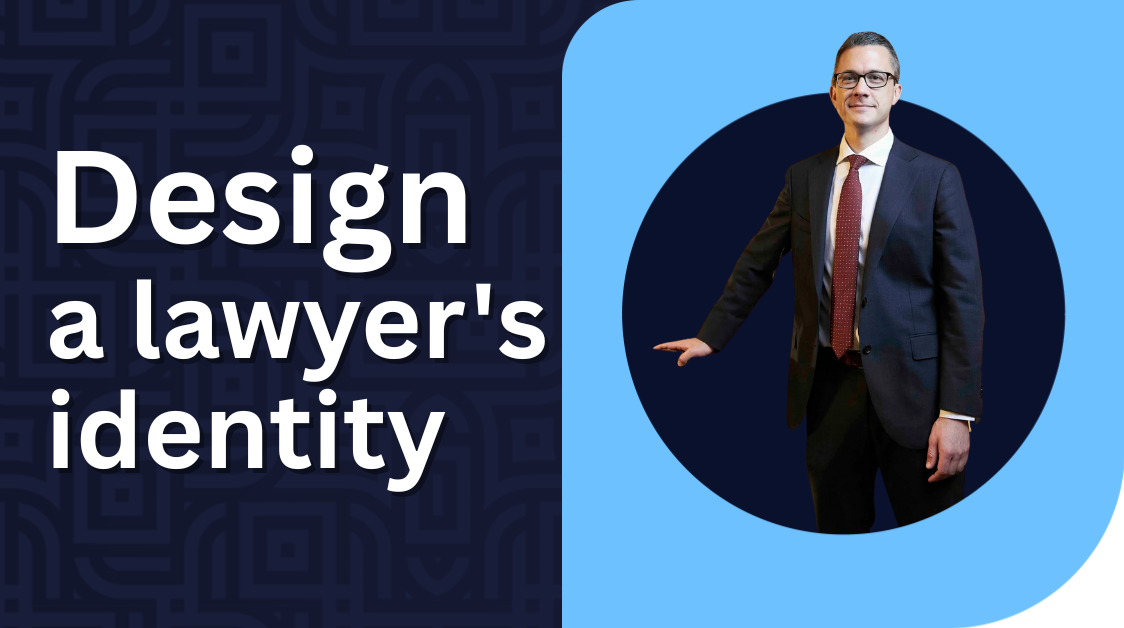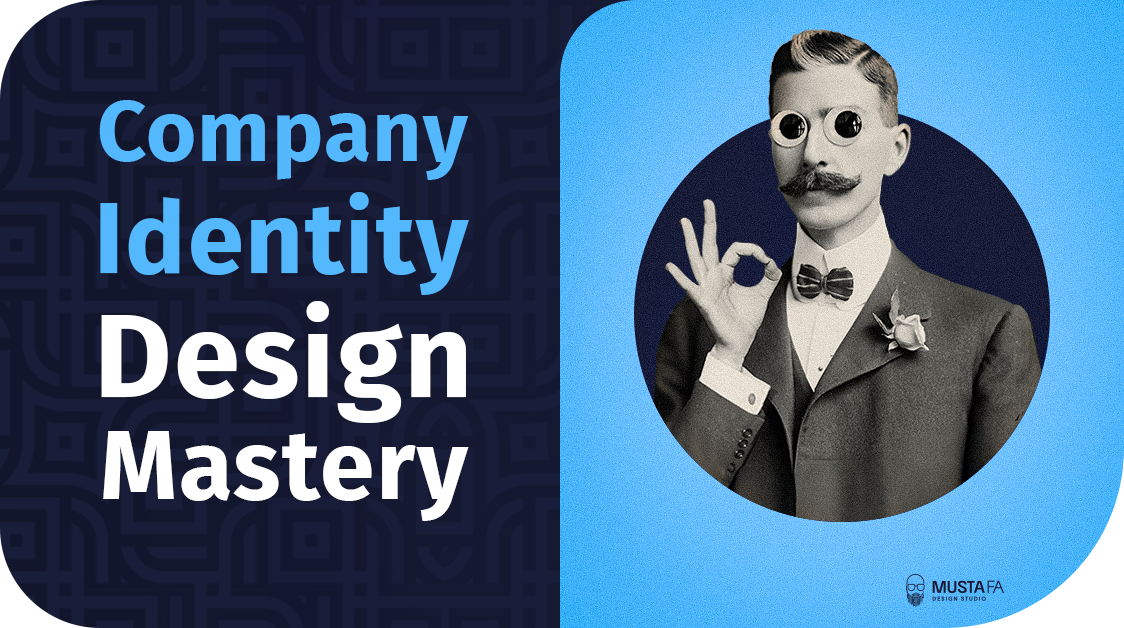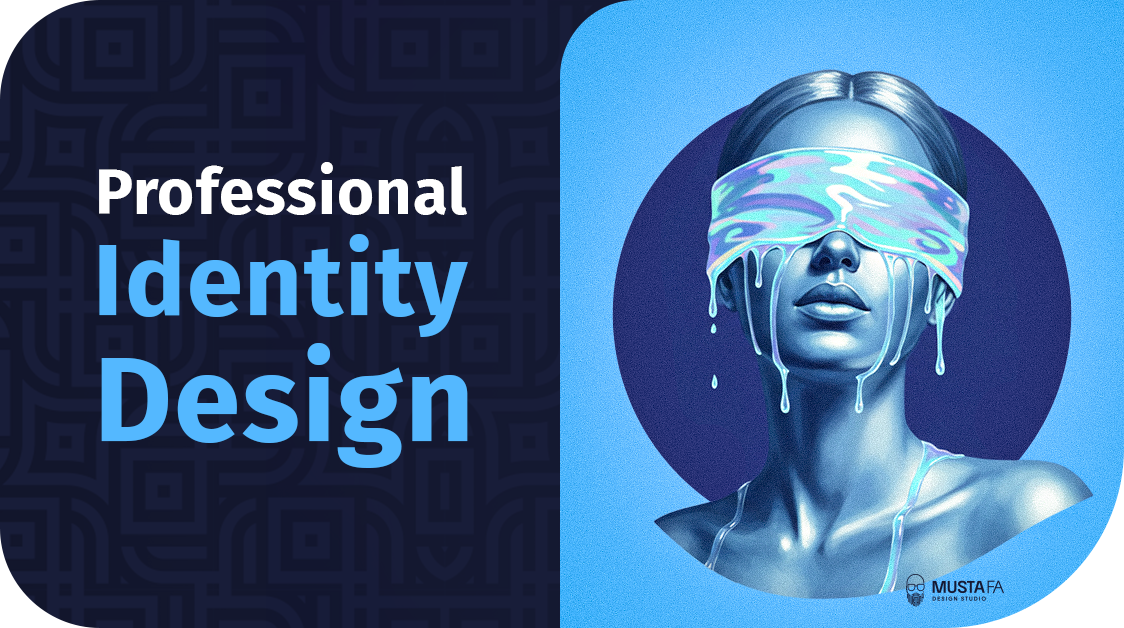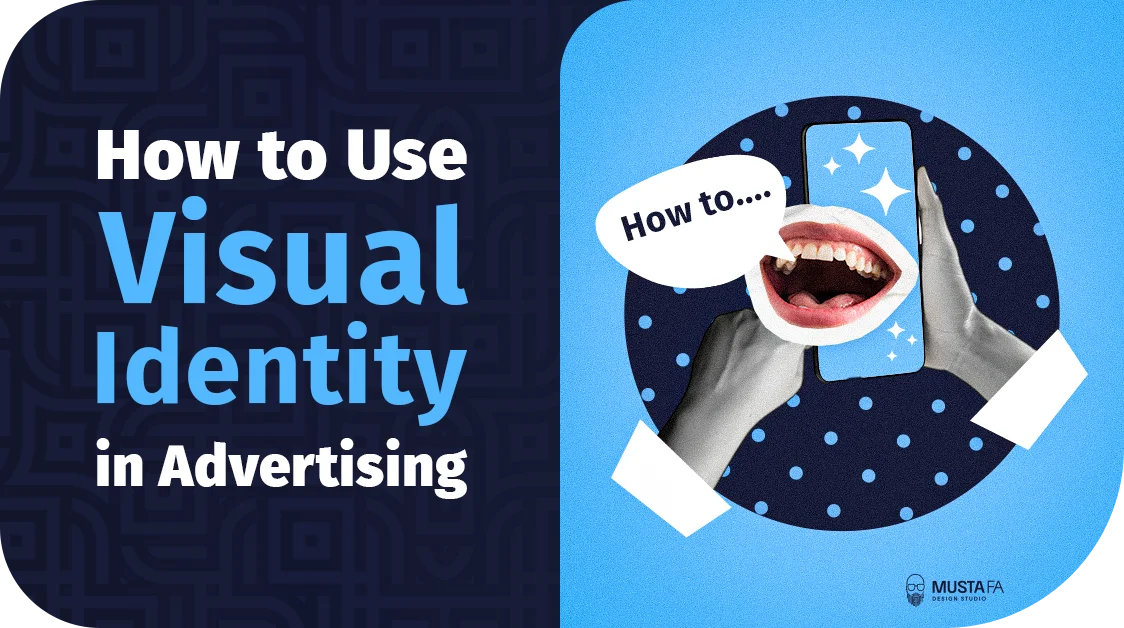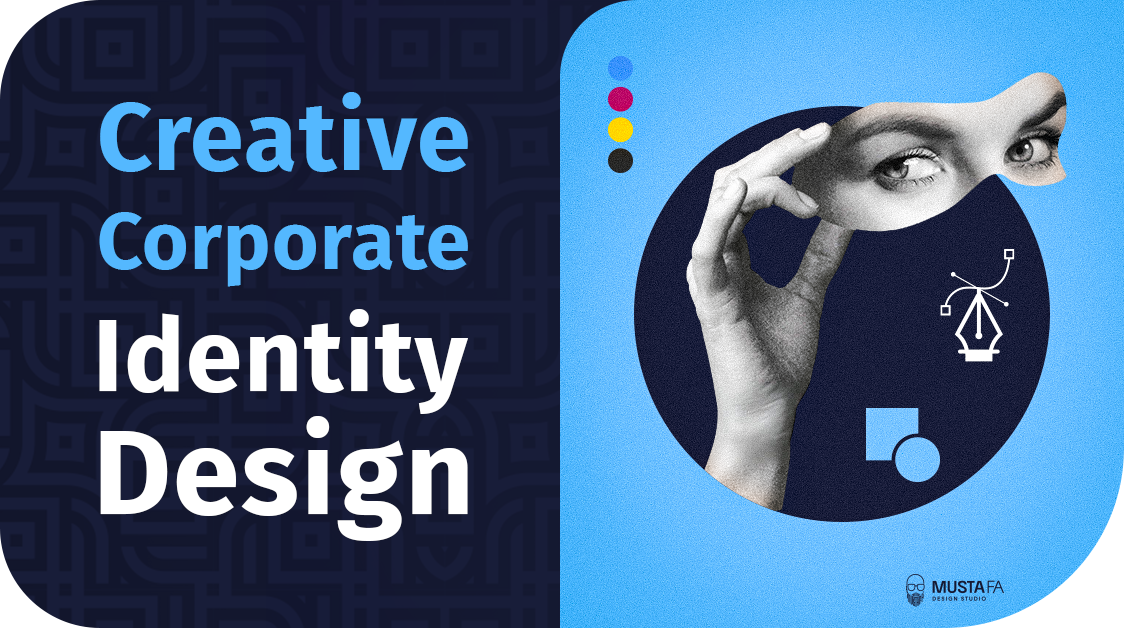Visual identity design is a cornerstone in building a strong and successful brand and contributes to ongoing development. Therefore, we will discuss the key information on how to create an effective visual identity, the elements that should be included in your brand identity, and the importance of designing a consistent visual identity for your project, along with many details that can help you in this field.
We begin by explaining the importance of consistency in visual identity design and the characteristics of a strong visual identity that requires a professional logo designer. At Mustafa Abdel Nabi Studio, one of the top design studios, you can obtain a complete corporate identity design at competitive prices. Below, we will delve into the details of the importance of consistency in visual identity design.
Characteristics of a Strong Visual Identity

Characteristics of a strong visual identity and logo design contribute to increasing public awareness of your brand and enhance trust between the brand and the consumer. These characteristics include the following:
- Uniqueness and Distinction of the Logo: The company’s or activity’s logo should be distinctive and unique, making it easy to recognize and leaving a lasting impression on clients, especially when designed by a professional logo designer.
- Choosing the Right Colors: Colors should accurately represent the nature of your activity and reflect your brand’s personality. Colors play a significant role in attracting attention and evoking emotions.
- Quality of Graphics and Images: The graphics, images, or symbols used in the visual identity should be of high quality, as this quality reflects the professionalism and credibility of the brand.
- Typefaces and Fonts: Choosing the right font is an essential part of visual identity. The font should be clear and easy to read, whether designing a logo in Arabic or English and should align with the brand’s personality, contributing to effective message delivery.
The Importance of Consistency in Visual Identity Design
The importance of consistency in visual identity design is manifested in several key points, as follows:
- Enhancing Brand Recognition: Consistency in visual elements makes it easy for the audience to recognize your brand across various media and channels.
- Building Trust and Credibility: When the visual identity is consistent, it reflects the company’s professionalism and attention to detail, which increases customer trust in your brand.
- Achieving a Cohesive User Experience: Consistency helps in delivering a unified and integrated user experience, whether interacting with your brand via the website, social media, or printed materials.
- Facilitating Visual Communication: Consistent design elements make it easier for the audience to understand and convey visual messages, enhancing communication effectiveness.
- Differentiating the Brand: Consistency helps distinguish your brand from competitors and strengthens its market position.
How to Plan for Visual Identity Design
To start planning for building a visual identity, several essential steps should be followed:
- Market and Target Audience Research: Understanding market details and target audience needs, including demographic analysis, behaviors, and current trends.
- Defining Goals and Vision: Identify the goals of the visual identity and the future vision you wish to achieve through the design.
- Creating Core Elements: Developing visual identity elements such as the logo, colors, patterns, and icons that reflect the brand’s personality and values.
- Integration and Coordination: Ensuring all visual elements are unified and harmonized to enhance the corporate identity.
- Testing and Refining: Conducting tests and trials on the developed visual elements and making necessary adjustments to ensure the effectiveness and appeal of the identity.
- Documentation and Ongoing Support: Preparing a comprehensive guide containing all visual elements and guidelines for their proper and effective use, while providing ongoing support to maintain consistency and continual development of the visual identity.
Elements of Visual Identity Design
To design an effective visual identity, it should closely relate to your brand, strategy, and target audience. Therefore, you need to define these characteristics before starting to create your visual identity elements, which include:
- Color Palette: A set of colors that represents your brand across all visual communication channels, such as the website, logo, social media platforms, and advertisements. It should follow color theory principles to ensure harmony and effective expression.
- Logo: The symbol that represents your brand’s personality and represents it uniquely. The logo should be simple, easily recognizable, and well-integrated with the color palette and design principles.
- Typefaces and Fonts: Different typefaces, sizes, and weights express the personality and style of your brand. They should be used consistently and harmoniously across all media where you interact with the audience.
- Photography Style: Includes images, illustrations, and symbols used to convey your brand’s message effectively and attractively. Images play a significant role in building visual identity and enhancing connection with the audience.
- Graphic Design Layout: Determines how visual elements are organized in designs to achieve effective visual impact and ease of interaction with the visual identity.
- Product and Packaging Design: If you offer products, they should be designed and packaged in a way that reflects your brand’s identity and attracts the target audience.
Types of Visual Identity Strategies
Different types of visual identity strategies and logo design include:
- Core Identity Strategy: This involves defining the core values, vision, and message that represent the brand’s identity, determining its personality and market position.
- Customer Experience Strategy: Focuses on the customer experience and how they interact with the products and services offered by the company, including experiences in stores, websites, customer service, and product use.
- Identity Maintenance Strategy: Concerned with maintaining the visual identity without radical changes, by preserving the style, language, message, and branding used on websites and logo design.
- Communication and Marketing Strategy: Focuses on how to communicate with the audience, convey the brand’s message, and promote its products and services, including various marketing tools such as advertising, public relations, digital marketing, and social media.
How can I ensure consistency in my brand’s visual identity?
Consistency starts with a well-defined brand guideline. To ensure your visual identity stays cohesive across all platforms, establish clear rules for logo usage, color palettes, typography, imagery, and layout structure. Every touchpoint—from social media posts to packaging—should reflect the same tone, style, and design logic. By training your team and using branded templates, you reinforce recognition and trust. At Mustafa Abdel Nabi Studio, we help brands craft and document their identity to maintain clarity and consistency at every level.
Why Mustafa Abdel Nabi Studio is the Best in Visual Identity Design
Mustafa Abdel Nabi Studio is the best in visual identity design due to several factors that have made it a trusted source for clients. Among the notable features of Mustafa Abdel Nabi Studio are:
- Uniqueness and Creativity: The studio focuses on innovation and creativity in visual identity design by thoroughly studying the market and target audience requirements, allowing it to create a distinctive and powerful visual identity.
- Professionalism and Quality: You will receive services of the highest quality that are unmatched.
- Timeliness: One of the studio’s highlights is providing services to clients at a reasonable cost, ensuring clients receive the desired service promptly and efficiently.
- Extensive Experience: The studio boasts extensive experience that has contributed to significant success by integrating software development elements and utilizing modern techniques in innovative designs with professional standards.
- Exceptional Customer Service: The company continues to collaborate with clients after the sale to ensure design success, provide quick software solutions, and address all post-sale client consultations.
Request now a professional visual identity design from Mustafa Abdel Nabi Studio—just contact us.
After providing you with all the information related to visual identity design, its steps, types, and the importance of consistency, do not hesitate to request it now from Mustafa Abdel Nabi Studio to start benefiting from its advantages as soon as possible.









